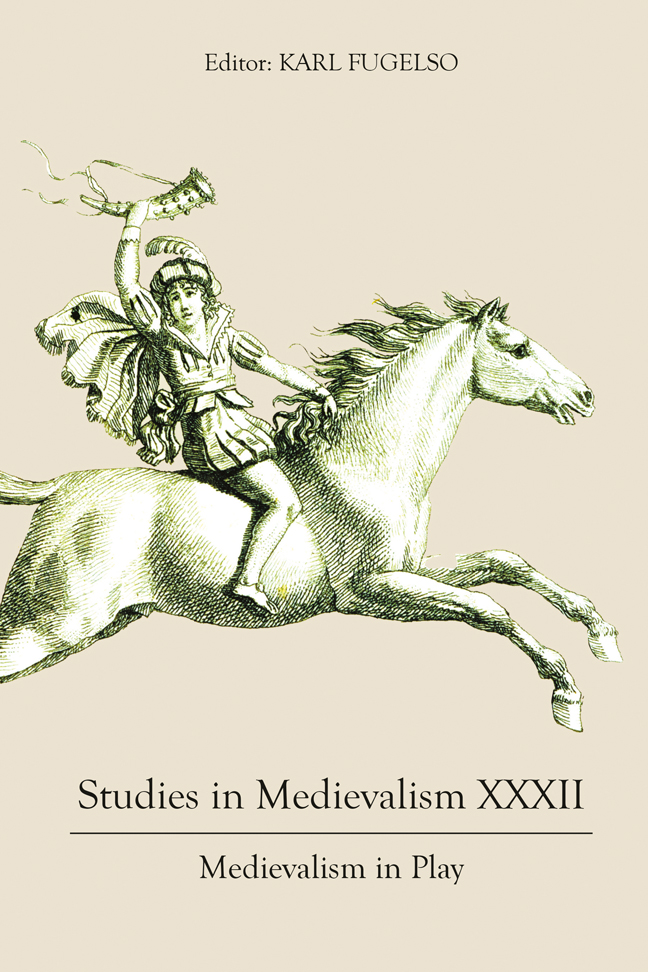Interspecies Embodiment of Dis/Ability in How to Train Your Dragon
Published online by Cambridge University Press: 12 January 2024
Summary
Loosely based on the first contribution to the popular twelve-book series by Cressida Cowell, the 2010 film How to Train Your Dragon was a huge critical and commercial success for DreamWorks, earning nearly $500 million globally and spawning two popular sequels as well as several television series and games. Thus millions of families have been and will continue to be influenced by the worldview advanced by this film. That the worldview in question employs neomedievalism in order to create an alternate universe set at an undetermined point in the past where familiar ethical issues surrounding identity as both an embodied experience and a social construction are front and center is worth considering in detail, then, since it almost certainly has shaped several generations’ perceptions of the relationship between past and present idealisms. The film follows Hiccup, the scrawny son of Stoick, the 7-foot-2, uber-masculine Viking chief of Berk Island, as he struggles to
This one is for Percy, who inspired me to write it, and for Izzy, who helped me finish it.
find acceptance within a culture that privileges a form of physical prowess that he is simply incapable of achieving, no matter how hard he tries. Keenly aware of his bodily limitations as “whole” or able-bodied person, Hiccup must learn to let go of his father's culturally inherited notions of normativity before he can contribute meaningfully to the society in which he lives. It is Hiccup's interdependent relationship with Toothless, a dragon he injures in an attempt to prove himself a capable killer, that encourages him to reconsider and ultimately redefine what a fully functional Viking might be. By bringing together neomedievalism and Disability Studies, I argue, we can better appreciate how the film works to highlight the dangers of uncritically preserving certain inherited historical legacies, especially those that perpetuate conflict and exclusion as central to any definition of identity, whether personal or communal.
As many scholars have noted, neomedievalism is a complex concept that lends itself to multiple definitions and interpretations. Since Umberto Eco’s assertion that neomedievalism is a specifically postmodern phenomenon by which the present can be understood as a reproduction of the medieval past, numerous attempts have been made to parse its relationship to medievalism, both as academic or intellectual disciplines and as cultural trends. For some, neomedievalism trivializes medieval studies and older medievalisms alike.
- Type
- Chapter
- Information
- Studies in Medievalism XXXIIMedievalism in Play, pp. 131 - 148Publisher: Boydell & BrewerPrint publication year: 2023

